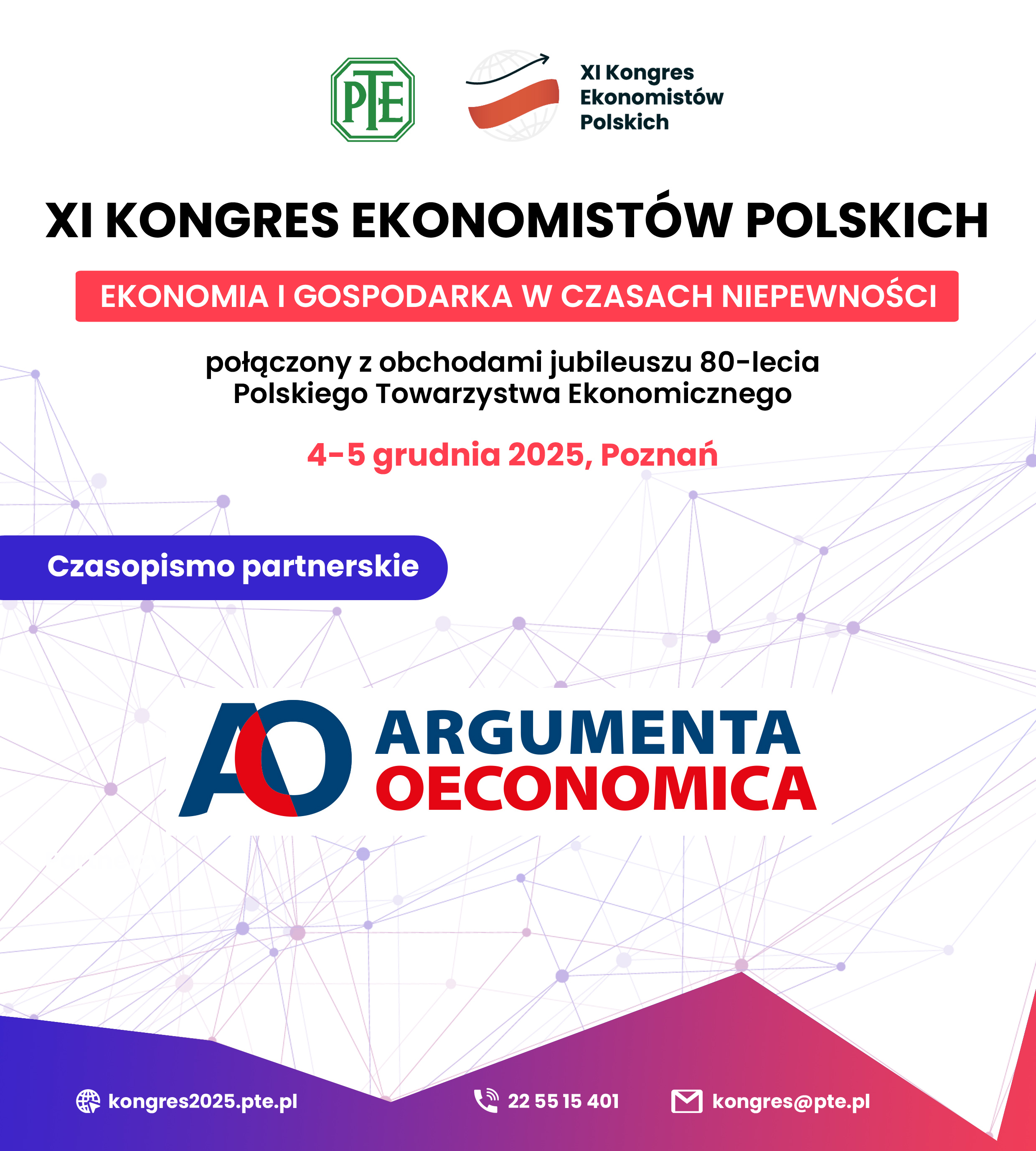Does A Trade Surplus Raise The Exchange Rate Exposure? A Perspective on Sino-US Relations
Abstract
This research examines dynamic causality between trade surplus (TS) and exchange rate exposure (ERE), utilizing the bootstrap sub-sample rolling window test. The empirical findings indicate that there is the time-varying bidirectional causality in TS and ERE within certain sub-periods. Specifically, ERE manifests both positive and negative influences on TS. In turn, TS has a positive effect on ERE which proves the export-oriented model proposed by Bodnar et al. (2002). Furthermore, due to the complex changes in Sino-US trade policies during the trade war, ERE is still stimulated under the overall downward trend of TS. This means that the widening TS can inevitably increase ERE, which may cause more trade frictions with the US. By studying the time-varying relation between these two variables, investors can reasonably allocate assets according to the changes of TS and avoid losses caused by market panic. Policy-makers could restrict the abnormal flow of international capital and promote multilateral trade cooperation, especially in times of structural economic change, to reduce trade friction and maintain a relatively stable ERE level.(original abstract)Downloads
Download data is not yet available.
Downloads
Published
2022-01-30
Issue
Section
Articles
License
Copyright (c) 2022 Chi-Wei Su

This work is licensed under a Creative Commons Attribution-ShareAlike 4.0 International License.







